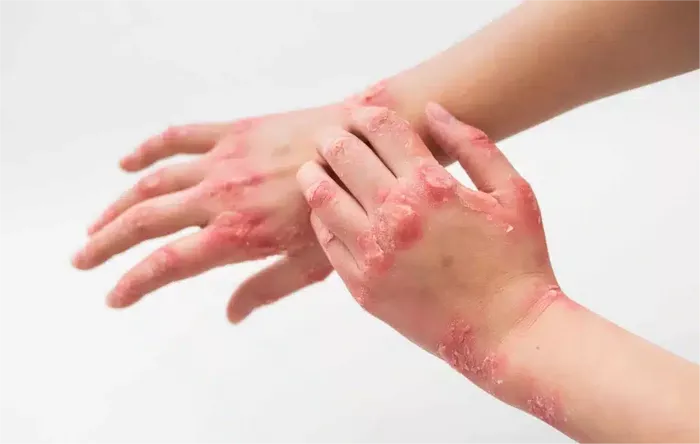Ringworm, despite its name, is not caused by worms but rather by a group of fungi known as dermatophytes. These fungi thrive on dead tissues found in the skin, hair, and nails, leading to the characteristic red, circular rash that gives the infection its name. While ringworm is a common condition, understanding its root causes is crucial for effective treatment and prevention. In this article, we delve into the various factors that contribute to the development of a ringworm rash.
The Role of Dermatophytes
Dermatophytes are microscopic fungi that feed on keratin, a protein found in the outer layer of the skin, hair, and nails. These fungi are highly adaptable and can survive on various surfaces, including human skin, animals, and contaminated objects. When they come into contact with susceptible individuals, they can cause infection, leading to the development of a ringworm rash.
Transmission from Infected Individuals
One of the primary ways ringworm is spread is through direct contact with an infected individual. This can occur through skin-to-skin contact or by sharing contaminated items such as clothing, towels, or sports equipment. Additionally, pets, particularly cats and dogs, can carry dermatophytes on their fur, leading to transmission to humans. Therefore, individuals who come into contact with infected persons or animals are at higher risk of developing a ringworm rash.
Environmental Factors
Certain environmental conditions can also contribute to the spread of ringworm. Warm and humid climates create ideal conditions for the growth and proliferation of dermatophytes, increasing the likelihood of infection. Furthermore, shared spaces such as locker rooms, swimming pools, and communal showers provide ample opportunities for the transmission of the fungi. Proper hygiene and sanitation practices are essential for minimizing the risk of exposure to dermatophytes in such environments.
Weakened Immune System
Individuals with weakened immune systems are more susceptible to infections, including ringworm. Conditions such as HIV/AIDS, diabetes, or certain autoimmune disorders compromise the body’s ability to fight off pathogens, making them more vulnerable to fungal infections. Similarly, prolonged use of immunosuppressive medications can increase the risk of developing a ringworm rash. Therefore, maintaining a healthy immune system is crucial for preventing ringworm and other opportunistic infections.
Poor Hygiene Practices
Poor hygiene practices can also contribute to the development and spread of ringworm. Failing to wash hands regularly, sharing personal items, or wearing tight-fitting clothing for extended periods can create favorable conditions for the growth of dermatophytes. Additionally, excessive sweating can create a moist environment on the skin, providing an ideal breeding ground for fungi. Practicing good personal hygiene, such as regularly washing hands and showering after activities that cause sweating, can help prevent ringworm infections.
Genetic Predisposition
Some individuals may have a genetic predisposition to fungal infections, including ringworm. Certain genetic factors can affect the skin’s natural defenses, making it more susceptible to colonization by dermatophytes. Additionally, inherited conditions such as eczema or psoriasis can weaken the skin barrier, allowing fungi to penetrate more easily. While genetic predisposition alone may not cause ringworm, it can increase the likelihood of infection when combined with other risk factors.
Preventing Ringworm Infections
Prevention is key when it comes to avoiding ringworm infections. Practicing good hygiene, avoiding sharing personal items, and maintaining a clean living environment are essential steps in preventing the spread of dermatophytes. Additionally, individuals with weakened immune systems should take extra precautions to minimize their risk of infection. Regularly inspecting pets for signs of ringworm and seeking prompt treatment if infection is suspected can also help prevent transmission to humans.
Conclusion
Ringworm is a common fungal infection that can cause a red, circular rash on the skin. Understanding the root causes of ringworm, including transmission from infected individuals, environmental factors, weakened immune system, poor hygiene practices, genetic predisposition, is crucial for effective treatment and prevention. By implementing proper hygiene measures and avoiding risk factors, individuals can reduce their risk of developing a ringworm rash and enjoy healthier skin.

























